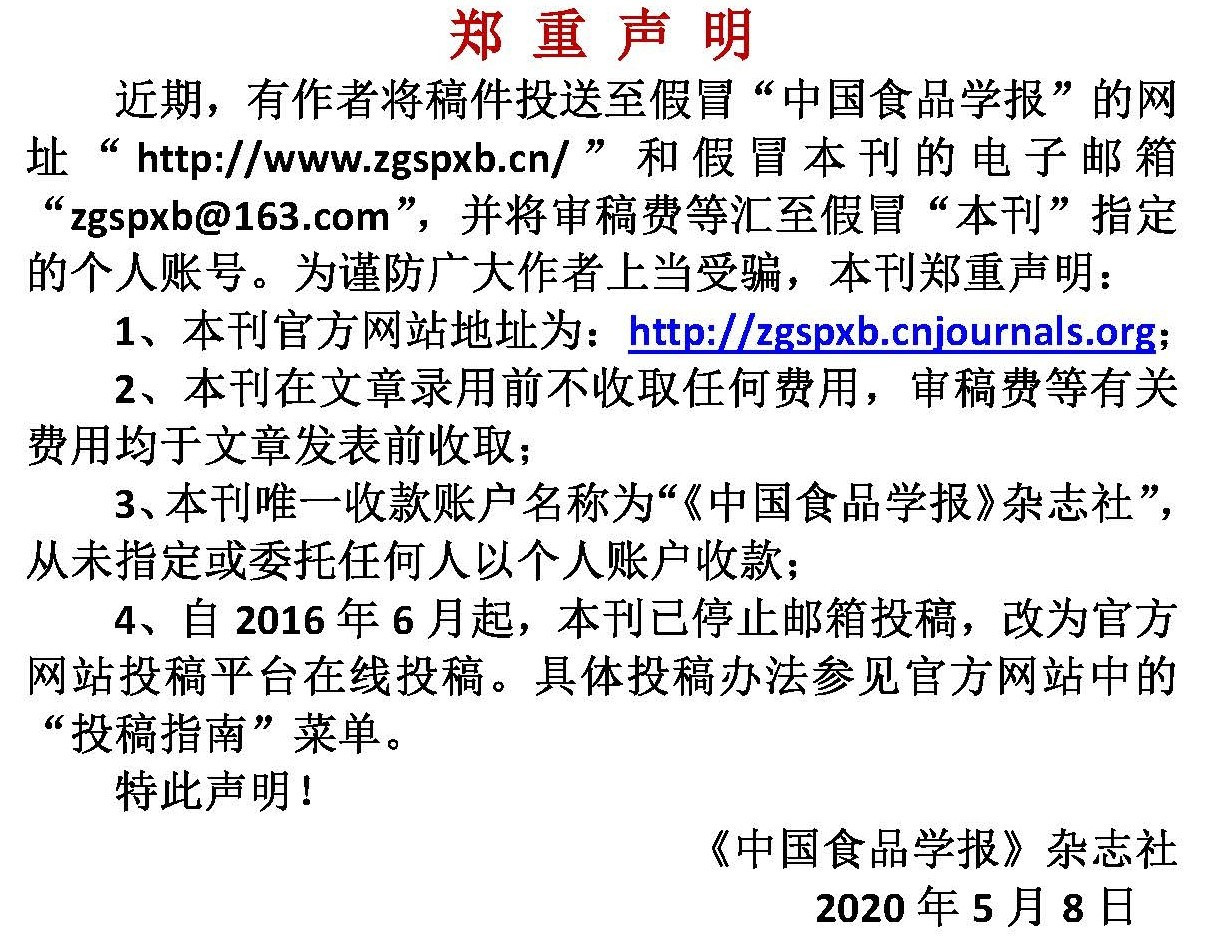基于电子舌和代谢组学评价不同等级滇红茶汤非挥发性差异组分
作者:
作者单位:
(1.中国农业科学院茶叶研究所 农业部茶树生物学与资源利用重点实验室 杭州 310008;2.安徽农业大学茶树生物学与资源利用国家重点实验室 合肥 230036)
作者简介:
通讯作者:
中图分类号:
基金项目:
中国农业科学院科技创新工程项目(CAAS-ASTIP-TRICAAS);国家茶叶产业技术体系红茶加工岗位项目(CARS-19)
Difference Evaluation of Non-volatile Components in Different Grades of Dianhong Tea Infusions Based on Electronic Tongue and Metabolomics
Author:
Affiliation:
(1.Key Laboratory of Tea Biology and Resource Utilization, Ministry of Agriculture, Tea Research Institute,Chinese Academy of Agricultural Sciences, Hangzhou 310008;2.State Key Laboratory of Tea Plant Biology and Utilization, Anhui Agricultural University, Hefei 230036)
Fund Project:
引用本文
谢佳灵,陈佳瑜,袁海波,王立磊,杨艳芹,江用文.基于电子舌和代谢组学评价不同等级滇红茶汤非挥发性差异组分[J].中国食品学报,2024,24(6):354-368
复制分享
文章指标
- 点击次数:
- 下载次数:
- HTML阅读次数:
历史
- 收稿日期:2023-06-28
- 最后修改日期:
- 录用日期:
- 在线发布日期: 2024-07-22
- 出版日期:
版权所有 :《中国食品学报》杂志社 京ICP备09084417号-4
地址 :北京市海淀区阜成路北三街8号9层 邮政编码 :100048
电话 :010-65223596 65265375 电子邮箱 :chinaspxb@vip.163.com
技术支持:北京勤云科技发展有限公司
地址 :北京市海淀区阜成路北三街8号9层 邮政编码 :100048
电话 :010-65223596 65265375 电子邮箱 :chinaspxb@vip.163.com
技术支持:北京勤云科技发展有限公司
